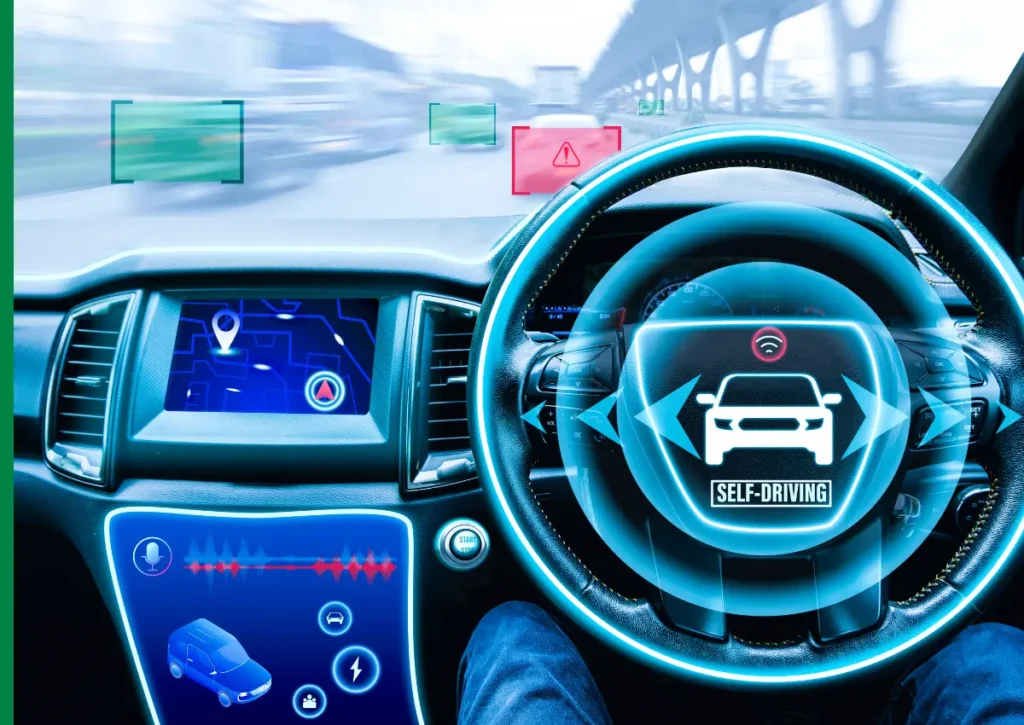Imagine walking into your office tomorrow morning to discover that your marketing campaigns have been optimized overnight, your sales team has a fresh list of 1,000 qualified prospects, and your customer support tickets have been resolved—all while you slept. This isn’t science fiction; it’s the reality of AI Autopilot technology in 2025.
We’re seeing a big change in business: AI Autopilot now makes decisions and takes action like a top employee. But the big question is—does giving AI full control lead to success or trouble?
In this deep insight, you are going to know everything about AI Autopilot.

What is AI Autopilot?
AI Autopilot represents a significant leap from conventional automation tools. Unlike traditional software that follows rigid, pre-programmed rules, AI Autopilot systems use advanced machine learning algorithms to make intelligent decisions, adapt to changing circumstances, and execute complex workflows autonomously.
It’s almost as if you have a digital team member who always works, never takes time off and continually gains knowledge from every contact. They review patterns found in data, decide what to do next and complete many business tasks without being constantly watched by people.
Key features of AI Autopilot Systems
Autonomous Decision-Making: These systems can evaluate multiple variables, weigh options, and make informed decisions based on predefined objectives and real-time data analysis.
Continuous Learning: AI Autopilot platforms improve their performance over time by learning from past interactions, outcomes, and feedback loops.
Cross-Platform Integration: Modern autopilot systems seamlessly connect with existing business tools, CRMs, marketing platforms, and productivity software.
Real-Time Adaptation: Unlike static automation, AI Autopilot can adjust strategies and tactics based on changing market conditions or performance metrics.
Why are organizations using AI Autopilot ?
Operational Efficiency Revolution
Adopting AI Autopilot is reported to greatly increase companies’ operational effectiveness. Things that once required a great deal of manual time can now be accomplished quickly, leaving employees open to important tasks that inspire growth and progress.
The ability to increase as needed without higher related cost
One great thing is that businesses can operate at larger sizes while not incurring unrelated costs. AI Autopilot systems which manage rising workloads easily, are the right choice for companies that are growing.
Keeping things consistent and maintaining quality is important.
There will always be some errors caused by humans, but AI Autopilot ensures quality is not changed in any instance. They keep up with the latest guidelines and experience no tiredness, moods or anything else that might disrupt a human’s work.
Top AI Autopilot Solutions Transforming Business Operations
Simpli.fi’s Autopilot AI has emerged as a game-changer for marketing teams. Every step of advertising, such as planning, choosing an audience, tweaking performance and checking data, is performed automatically on the platform. Now, smaller marketing teams can match larger companies by using AI to boost how effectively they use their ad budget.
It makes detailed profiles of your brand, chooses the best groups of users everywhere and regularly improves your marketing campaigns on TV, across sound, graphical ads and social sites. Case studies point out how businesses manage to achieve both inexpensive marketing and millions of impressions.
Seamless. AI Autopilot revolutionizes the sales prospecting process by building high-quality prospect lists at unprecedented speed and accuracy. Teams can select who their ideal customers are and leave the process of collecting and verifying information to the AI.
Over a thousand potential leads with accurate email addresses and numbers can be found by the platform in minutes. Because of this integration, sales teams can concentrate on strengthening relationships and closing sales instead of wasting time with research.
TheLoops AI Autopilot transforms customer service by acting as an intelligent virtual agent. The system proposes help based on the situation, answers questions using past customer information and can automatically prepare a complete ticket.
With high support volumes, this technology quickly addresses issues and reduces the amount of work for human agents. Every time it interacts, the system gets better at providing helpful answers.
Microsoft Autopilot AI integrates advanced language models directly into familiar Office applications. AI gives users the ability to write files in Word, manage and view raw data in Excel and lay out powerful presentations in PowerPoint.
Rather than other kinds of autopilot, this allows Microsoft’s users to easily benefit from the help of AI.
AI Autopilot vs. AI Agents
It is very important to realize that Autopilot systems and AI Agents are different parts of the AI landscape and to understand this when choosing technology.
AI Autopilot systems are most suited for tasks such as finding leads, adjusting campaigns and handling customer support tickets. They exist to perform tasks with less effort and better results.
Unlike Spoken AI, AI Agents handle many job functions all on their own, just like an autonomous digital employee. As an illustration, with Jason AI, you no longer have to hire a Sales Development Representative, as it handles lead prospecting and makes personalized contact efforts, replies to people, guides them through responsive interactions, counters questions and schedules meetings, all while learning to get better.
Understanding Security Risks and How to Handle Them
AI Autopilot can greatly help businesses, but they must handle important security concerns right from the beginning.
Problems Related to Autonomous Behaviors
While Autopilot is highly Worth it for its independence, this is also what can put users at risk.Using solid monitoring systems allows organizations to notice and prevent wrongdoing before it disrupts how they work.
Transparency and Accountability Challenges
Responsibility can get complicated if autonomous systems decide without human input. It is important for organizations to put clear structures and ethical supervision in place to prevent AI choices from violating the organization’s values or the law.
Problems related to authentication and authorization.
Verifying and checking the identity of users is more complicated in multi-agent systems. Rogue agents may cause major harm if the right security measures are not in place.
Over-Reliance Risks
Certain important decisions should be managed by people, not only by machines. Though AI Autopilot is good for everyday jobs, letting AI decide everything can result in problems and errors that go unnoticed.
Problems with verifying identity.
Because deepfakes can deceive, it is more important than ever for AI to confirm a person’s identity. Especially after a $25 million deepfake fraud was exposed, there is a need for better authentication tools.
Best Practices for Secure AI Autopilot Implementation
Continuous Monitoring Systems
Implement real-time behavioral analysis to detect anomalies and unauthorized actions. Establish fail-safe mechanisms that can immediately halt autonomous systems if they begin executing unauthorized actions.
Ethical Governance Framework
Create ethics boards and accountability structures to ensure AI systems align with organizational values and legal requirements. Regular audits and ethical reviews should monitor AI decision-making processes.
Adversarial Defense Measures
Use adversarial training techniques where AI models learn to recognize and resist manipulative inputs. Implement robust input validation and frequent testing to ensure systems can withstand various harmful vectors.
Human-in-the-Loop Systems
Maintain hybrid approaches where AI handles routine tasks while humans oversee and validate major decisions. This prevents over-reliance on automation while preserving the efficiency benefits.
Is AI Autopilot Right for Your Organization?
AI Autopilot is an effective way for organizations to raise efficiency, lower costs and achieve improved output without needing to hire extra staff. Thanks to this technology, both startups and smaller businesses can keep up with big competitors.
Those companies that need automated workflows with several steps or hope to consider AI as a core member of their team might get the most from comprehensive AI Agent solutions.
Looking honestly at your organization’s own needs, what it requires in security and if it is ready for autonomous systems is most important. Test your methods in smaller ways at first to check their impact before proceeding with a wider launch.
Final thoughts
AI Autopilot is not only a technology change—it is a major change in the way companies function. When used in marketing, sales, customer service or making work more efficient, these systems help organizations improve results with fewer resources and keep quality high.
There is no doubt about if AI Autopilot will become widespread; the real question is how fast companies can use it securely and effectively. In 2025, using AI Autopilot could be necessary to stay competitive.
For AI Autopilot to function smoothly, careful preparation, tough security and understanding the times when humans are needed must be in place. If companies reach this balance, they will do well in an increasingly automated market.



